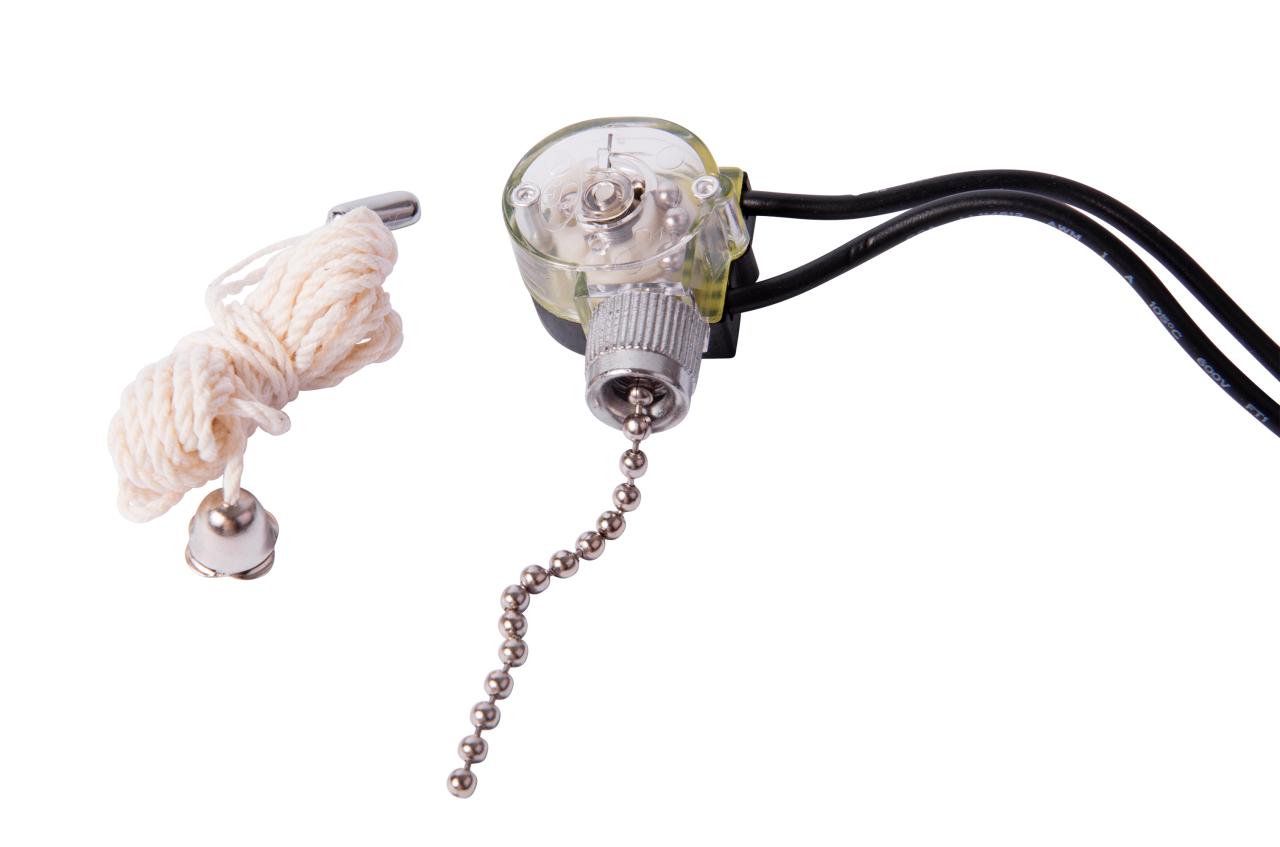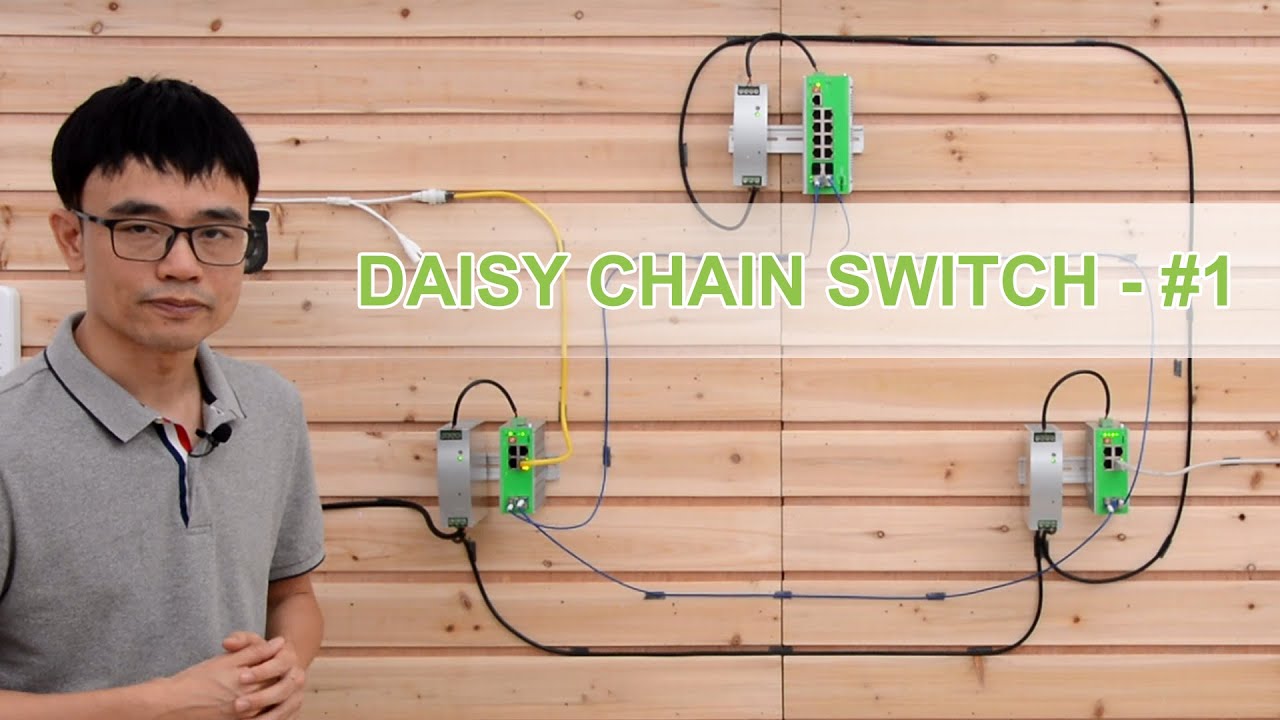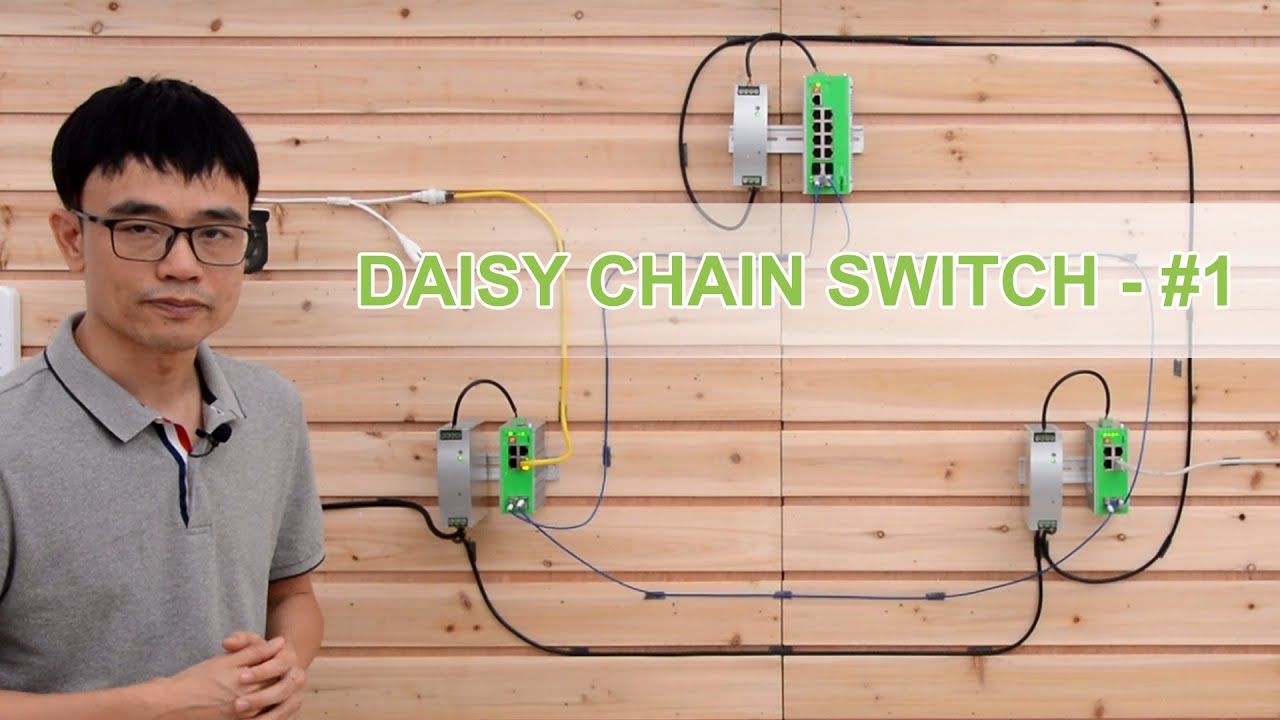Chained together switches, a fundamental component of electrical systems, offer a myriad of advantages and applications. This comprehensive guide delves into the intricacies of chained together switches, exploring their definition, types, wiring techniques, troubleshooting methods, and practical applications. With detailed analytical writing style, we unravel the complexities of these switches, providing a thorough understanding for electrical professionals and enthusiasts alike.
From defining the concept of chaining switches to examining the different types available, this guide covers the essential aspects of these versatile components. We provide step-by-step instructions for wiring chained together switches, ensuring safe and efficient installation. Additionally, we address common troubleshooting issues and offer solutions, empowering readers to diagnose and repair faulty switches.
Chained Together Switches

Chained together switches, also known as daisy-chained switches, are a method of connecting multiple switches in series, allowing them to be controlled by a single source. This technique is commonly used in electrical systems to control multiple lights or other devices from a central location.
To create a chained together switch setup, the switches are connected in a series, with the output of one switch connected to the input of the next. This allows the switches to be turned on or off in sequence, with the final switch in the chain controlling the power to all the devices connected to the chain.
Advantages
- Centralized Control:Chained together switches provide a centralized point of control for multiple devices, allowing them to be turned on or off easily from a single location.
- Cost-Effective:Using chained together switches can be more cost-effective than installing individual switches for each device, as it requires less wiring and fewer components.
- Simplicity:Chained together switches are relatively easy to install and maintain, making them a practical solution for many applications.
Disadvantages
- Limited Control:Chained together switches do not allow for individual control of each device, as they are all controlled by the final switch in the chain.
- Wiring Complexity:While chained together switches can be cost-effective, the wiring can become complex when multiple switches are involved, especially in large or complex systems.
- Single Point of Failure:If the final switch in the chain fails, it will disable all the devices connected to the chain, making it a single point of failure.
Types of Chained Together Switches
Chained together switches, also known as daisy-chained switches, are network devices that can be connected in a series to extend the number of available ports. This allows for the creation of larger networks without the need for additional hubs or routers.
There are several different types of chained together switches, each with its own characteristics and applications.
The most common type of chained together switch is the unmanaged switch. These switches are simple and inexpensive, and they do not require any configuration. They are ideal for small networks where performance is not a critical concern.
Managed Switches
Managed switches are more advanced than unmanaged switches, and they offer a wider range of features. These switches can be configured to control traffic flow, prioritize traffic, and provide security features. They are ideal for larger networks where performance and security are important.
PoE Switches
PoE (Power over Ethernet) switches are a type of switch that can provide power to devices over Ethernet cables. This eliminates the need for separate power cables, making it easier to install and manage devices. PoE switches are ideal for powering devices such as IP phones, security cameras, and wireless access points.
Industrial Switches
Industrial switches are designed to withstand harsh environments. They are typically made of metal and have a wide operating temperature range. Industrial switches are ideal for use in factories, warehouses, and other industrial settings.
Wiring Chained Together Switches

Wiring chained together switches is a straightforward process that can be completed in a few simple steps. However, it is important to take safety precautions to avoid electrical shock or damage to the equipment.
The following steps provide a detailed guide on how to wire chained together switches:
Materials Required
- Chained together switches
- Electrical wire
- Wire strippers
- Screwdriver
- Electrical tape
Step-by-Step Wiring Instructions
- Turn off the power to the circuit at the breaker panel.
- Remove the faceplate from each switch.
- Strip about 1/2 inch of insulation from the end of each wire.
- Connect the black wires from the switches together using a wire nut.
- Connect the white wires from the switches together using a wire nut.
- Connect the green or bare copper ground wire from the switches together using a wire nut.
- Tuck the wires neatly into the electrical box and secure the switches in place with the screws.
- Replace the faceplates.
- Turn on the power to the circuit at the breaker panel.
Safety Precautions, Chained together switch
- Always turn off the power to the circuit before working on any electrical equipment.
- Use caution when stripping wires to avoid cutting yourself.
- Make sure all connections are tight to prevent electrical shock or fire.
- If you are not comfortable working with electricity, it is best to hire a qualified electrician.
Diagrams and Illustrations
[Insert diagrams and illustrations here to demonstrate the wiring process.]
Troubleshooting Chained Together Switches
Identifying and resolving problems with chained together switches is essential for maintaining a reliable network. This section provides troubleshooting tips and solutions for common issues.
Diagnosing Faulty Switches
To diagnose faulty switches, follow these steps:
- Check physical connections:Ensure all cables are securely connected and not damaged.
- Power cycle switches:Unplug and replug the switches to reset them.
- Use a network tester:This device can identify cable faults and connectivity issues.
- Examine switch logs:Most switches have logs that record error messages and other diagnostic information.
Common Problems and Solutions
- No connectivity between switches:Verify physical connections, check for cable damage, and ensure proper configuration.
- Intermittent connectivity:Loose connections, faulty cables, or electromagnetic interference can cause intermittent connectivity. Check and tighten connections, replace cables, and minimize interference.
- Slow performance:Overloaded switches, improper cabling, or incorrect switch configuration can slow down performance. Monitor switch utilization, use appropriate cabling, and optimize switch settings.
- Looping:If a switch receives its own traffic, it can create a loop that floods the network with data. Disable spanning tree protocol or configure it properly.
- Broadcast storms:Excessive broadcast traffic can overwhelm switches and cause performance issues. Implement broadcast storm control measures.
Applications of Chained Together Switches
Chained together switches, also known as daisy-chained switches, offer versatility and cost-effectiveness in various electrical systems. They are widely used in residential, commercial, and industrial settings to control lighting, appliances, and other electrical loads.
Residential Applications
In residential settings, chained together switches are commonly used to control lighting in multiple rooms or areas from a single location. For example, a master switch in the hallway can be connected to multiple switches in bedrooms and bathrooms, allowing for centralized control of lighting throughout the house.
This arrangement is particularly convenient in large homes or multi-level buildings.
Commercial Applications
In commercial buildings, chained together switches are often used to control lighting in large open areas such as offices, warehouses, and retail stores. By daisy-chaining multiple switches together, it becomes possible to control lighting in specific zones or sections of the building from multiple locations.
This flexibility allows for efficient energy management and customized lighting scenarios.
Industrial Applications
In industrial settings, chained together switches are employed to control machinery, conveyor systems, and other electrical equipment. By connecting multiple switches in series, operators can remotely activate or deactivate equipment from various points within the facility. This enhances safety and efficiency, especially in hazardous or inaccessible areas.
Closing Summary
In conclusion, chained together switches play a vital role in electrical systems, offering flexibility, control, and safety. Understanding their functionality, types, wiring methods, and applications is crucial for optimizing electrical system performance. This guide has provided a comprehensive overview of chained together switches, empowering readers with the knowledge and skills to harness their potential effectively.
Quick FAQs
What is the primary advantage of using chained together switches?
Chained together switches allow for the control of multiple lights or devices from different locations, providing convenience and flexibility in electrical systems.
What are the different types of chained together switches available?
Common types include single-pole single-throw (SPST), single-pole double-throw (SPDT), and three-way switches, each with distinct characteristics and applications.
How do I safely wire chained together switches?
Follow step-by-step instructions, use appropriate wiring techniques, and observe safety precautions to ensure proper installation and prevent electrical hazards.

